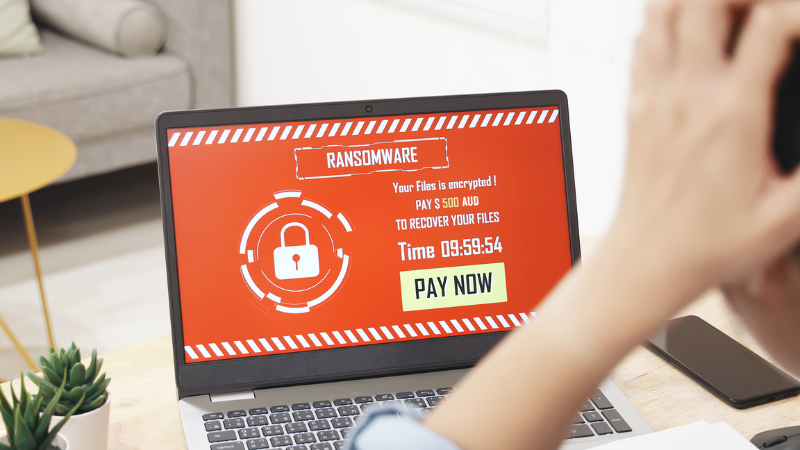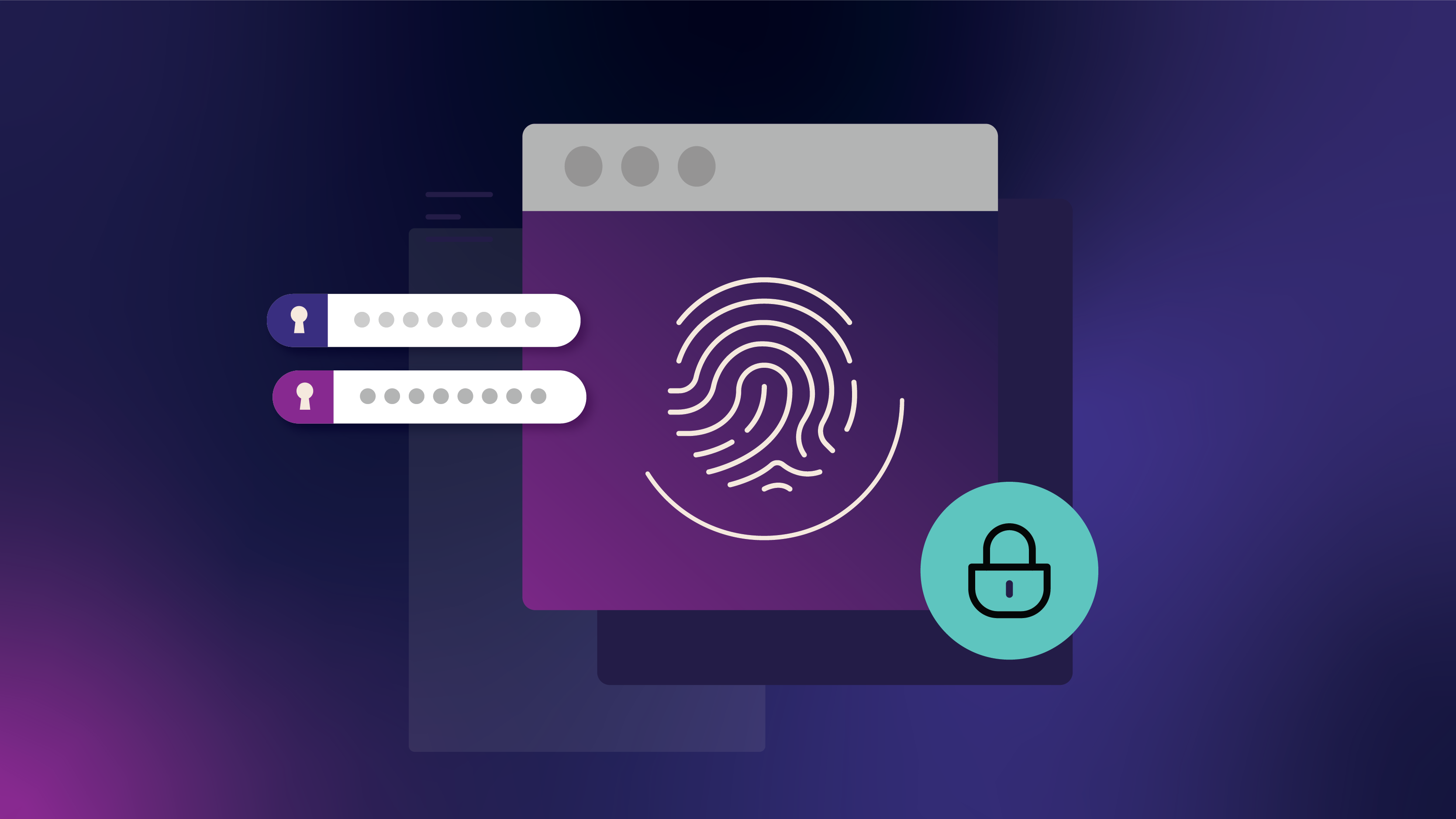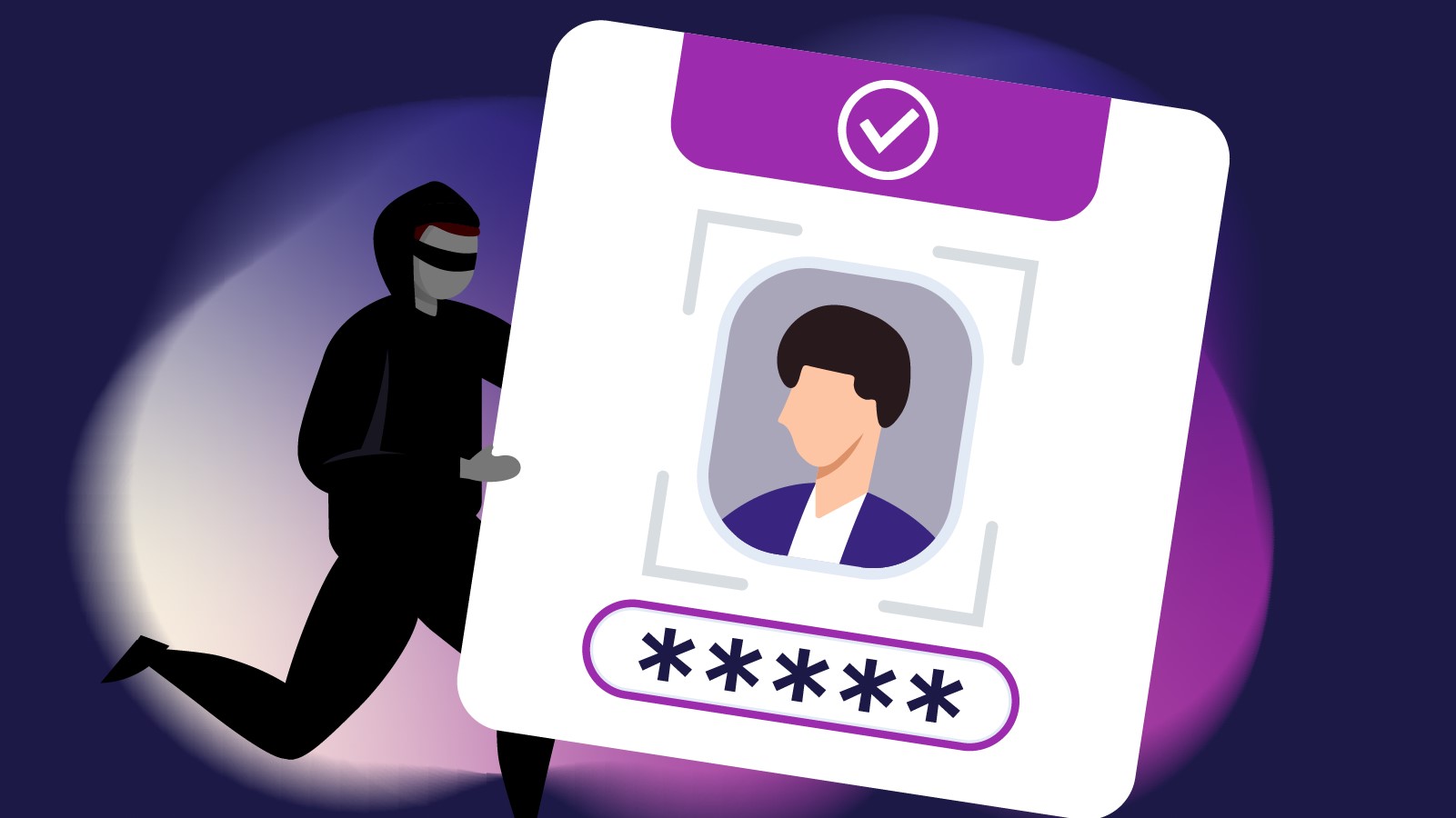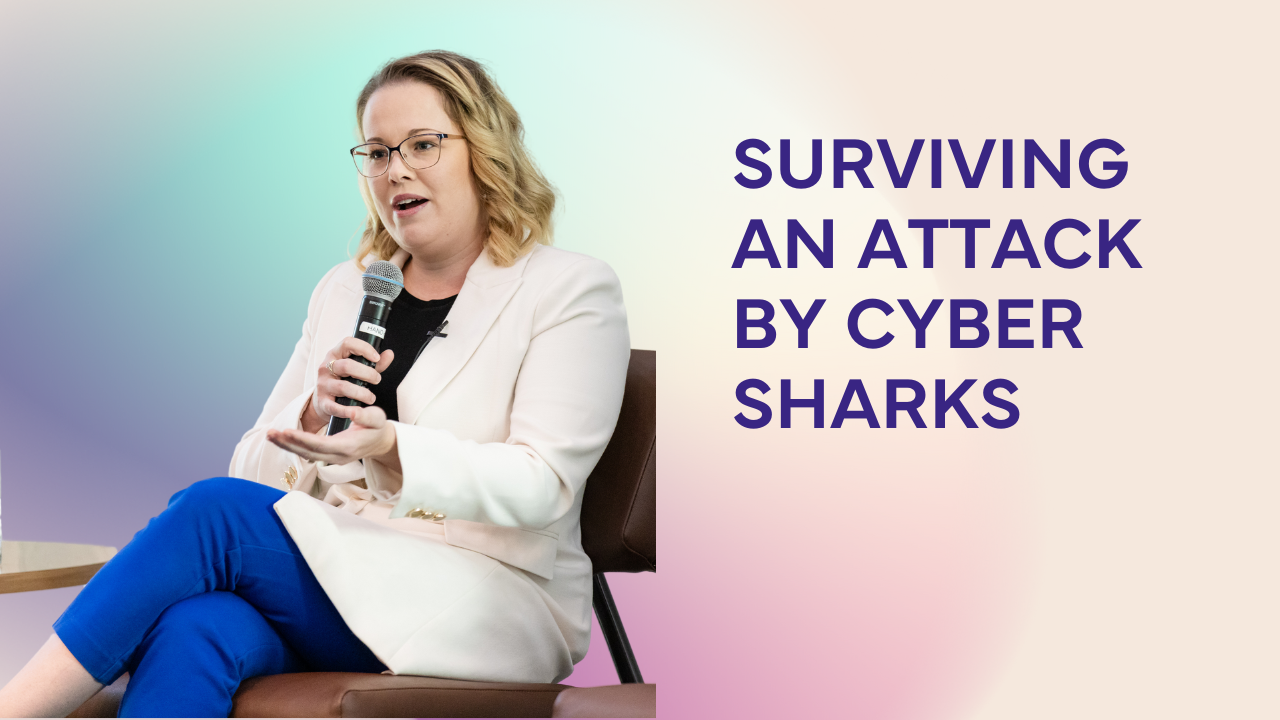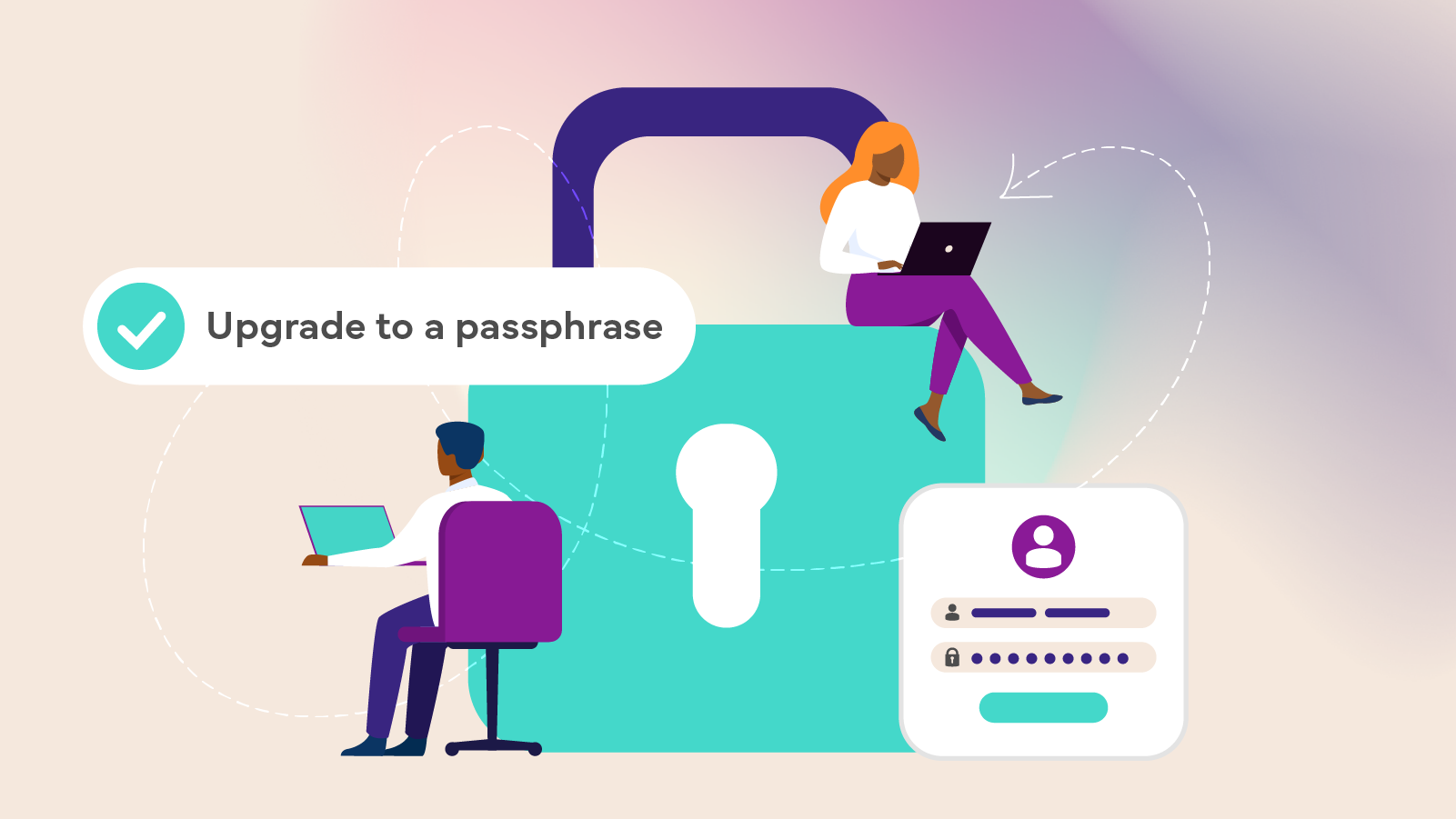A ransomware reality check for small businesses
Imagine this: you walk into your office one morning, ready to conquer the day, only to be met by a confronting message plastered across every computer screen. All your precious files – customer data, financial records, reports, and even that carefully curated cat video collection – are all now hostage, encrypted by a digital villain. This is the chilling reality of ransomware attacks.
So what is ransomware?
Ransomware is a type of malware that encrypts your files, rendering them inaccessible to you. Like the name itself suggests, hackers then demand a hefty ransom, usually in cryptocurrency, to unlock your data. It’s essentially a digital kidnapping scheme, and it can cripple small businesses that rely heavily on their digital assets.
Ransomware attacks: how they happen
There are a number of ways ransomware attacks can happen. They can happen far more easily than you may think, even to the most cyber aware amongst us.
- Phishing scheme: This will often start as an email disguised as coming from a legitimate source, like your bank or a delivery company. These emails contain malicious attachments or links that, once clicked, unleash the ransomware onto your system.
- Drive-by downloads: Just like the name suggests, you don’t have to actively download anything. By simply visiting a compromised website, malware can automatically sneak onto your device.
- Exploiting vulnerabilities: Hackers constantly scan for weaknesses in outdated software or unsecured networks. Patching these holes is crucial to keeping your defences strong.
What ransomware attacks look like
Ransomware isn’t just a theoretical threat; it’s a real problem plaguing businesses of all sizes.
In April 2023, a cyber attack crippled UnitingCare’s Queensland hospitals. The attack blocked access to their digital and technology systems causing chaos across the healthcare network. Emails and operations booking systems were reportedly affected, highlighting the potential impact on critical services.
For some other businesses, it has meant losing access to days, months or even years of data or work, causing considerable downtime as they try and play catch up. It not only costs businesses money, but can also damage your reputation.

How to protect your business from ransomware attacks
Now that you’re more famliair with ransomware and you know your enemy, let’s talk defence.
Here are some of the ways you can help protect against ransomware attacks:
- Stay updated: Always make sure you keep your operating system, antivirus software, and applications up-to-date. Software updates often contain critical security patches that fix vulnerabilities that hackers exploit.
- Backup your data: Regularly backing up your data to an external hard drive or cloud storage is your ultimate safety net. Even if ransomware strikes, you’ll have a clean copy of your files to restore, without paying a ransom.
- Beware of suspicious emails: Ransomware often sneaks into your system through phishing emails. Make sure your whole team knows to be wary of unexpected emails with attachments or links, especially from unknown senders. When in doubt, don’t click!
- Use strong passwords: Strong, unique passwords are your first line of defence. Secure your accounts with strong, unique passwords, and consider using a password manager to generate and store complex passwords securely.
- Antivirus all-stars: Invest in a reputable antivirus and anti-malware software that continuously scans your system for threats. These programs are like digital security guards, keeping unwanted malware out of your system.
- Do the Cyber Wardens training: Human error is often the weakest link in cybersecurity defences, so training yourself or your team is one of the best ways to bolster your cyber security and avoid ransomware attacks. Cyber Wardens training combines interactive modules, real-world simulations, and hands-on exercises to help small businesses bolster their cybersecurity. Participants learn to spot the telltale signs of ransomware attacks, and take proactive measures to safeguard sensitive data, and be resilient to attacks.
By following these steps and staying vigilant, you can help build a robust defence against ransomware attacks and keep your business data safe from harm.

